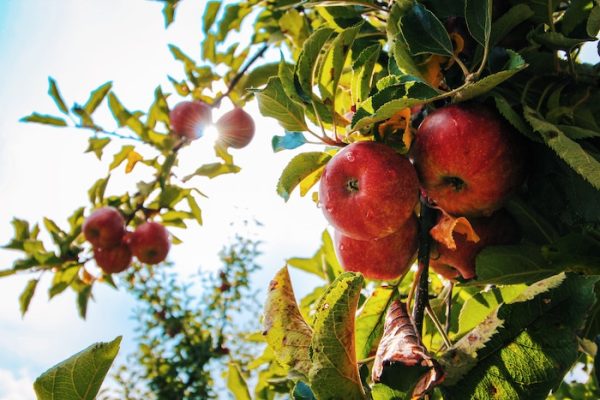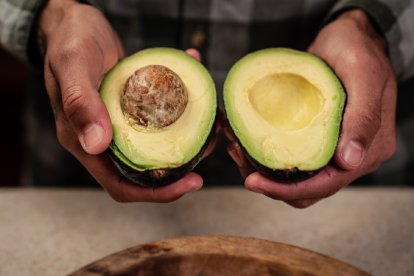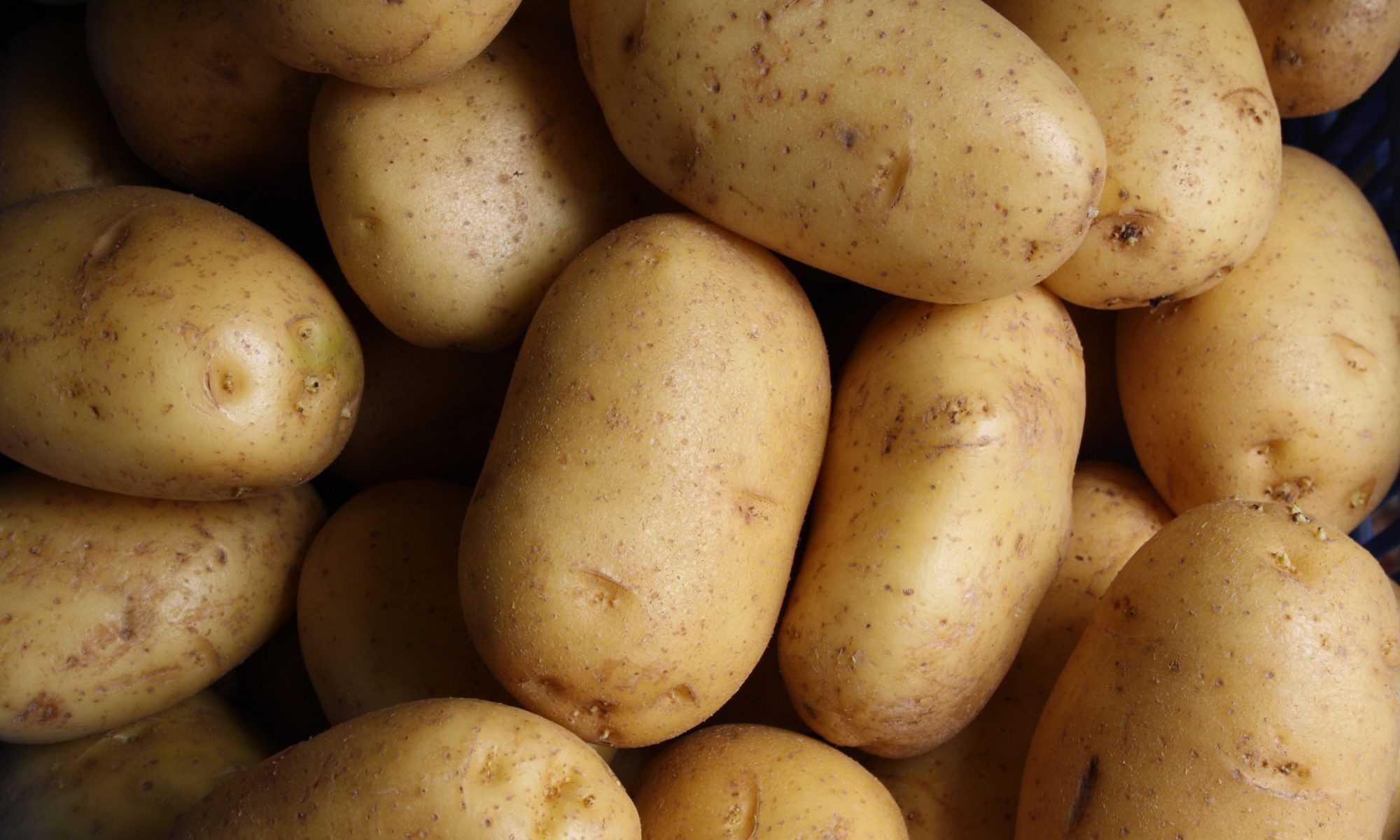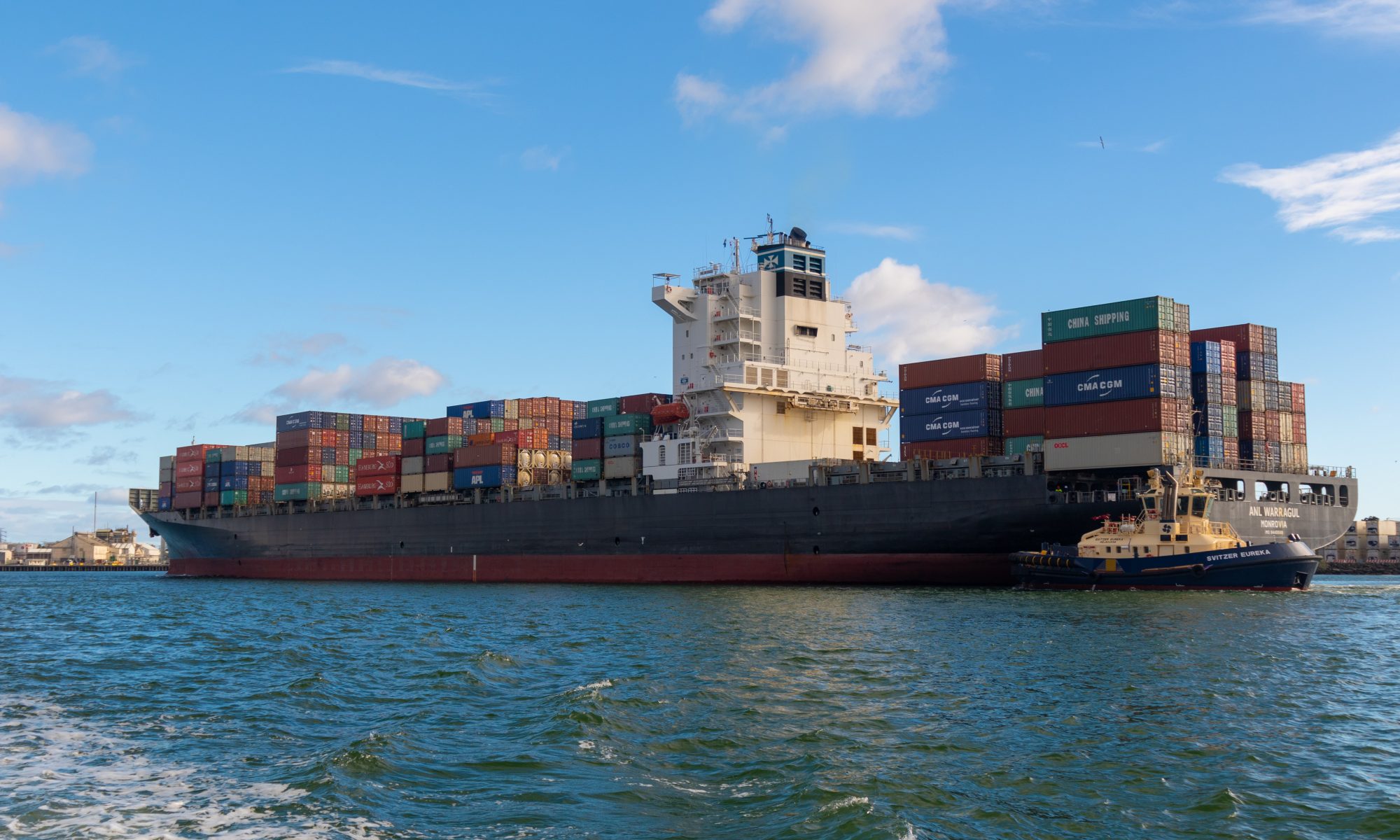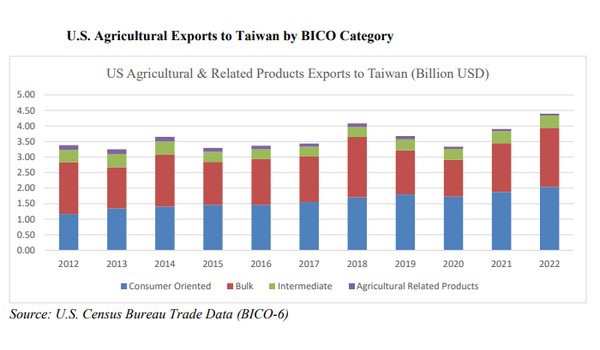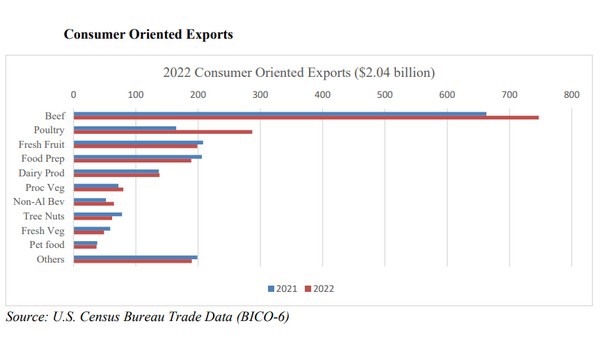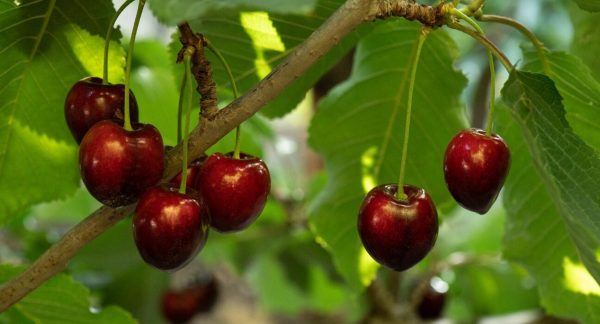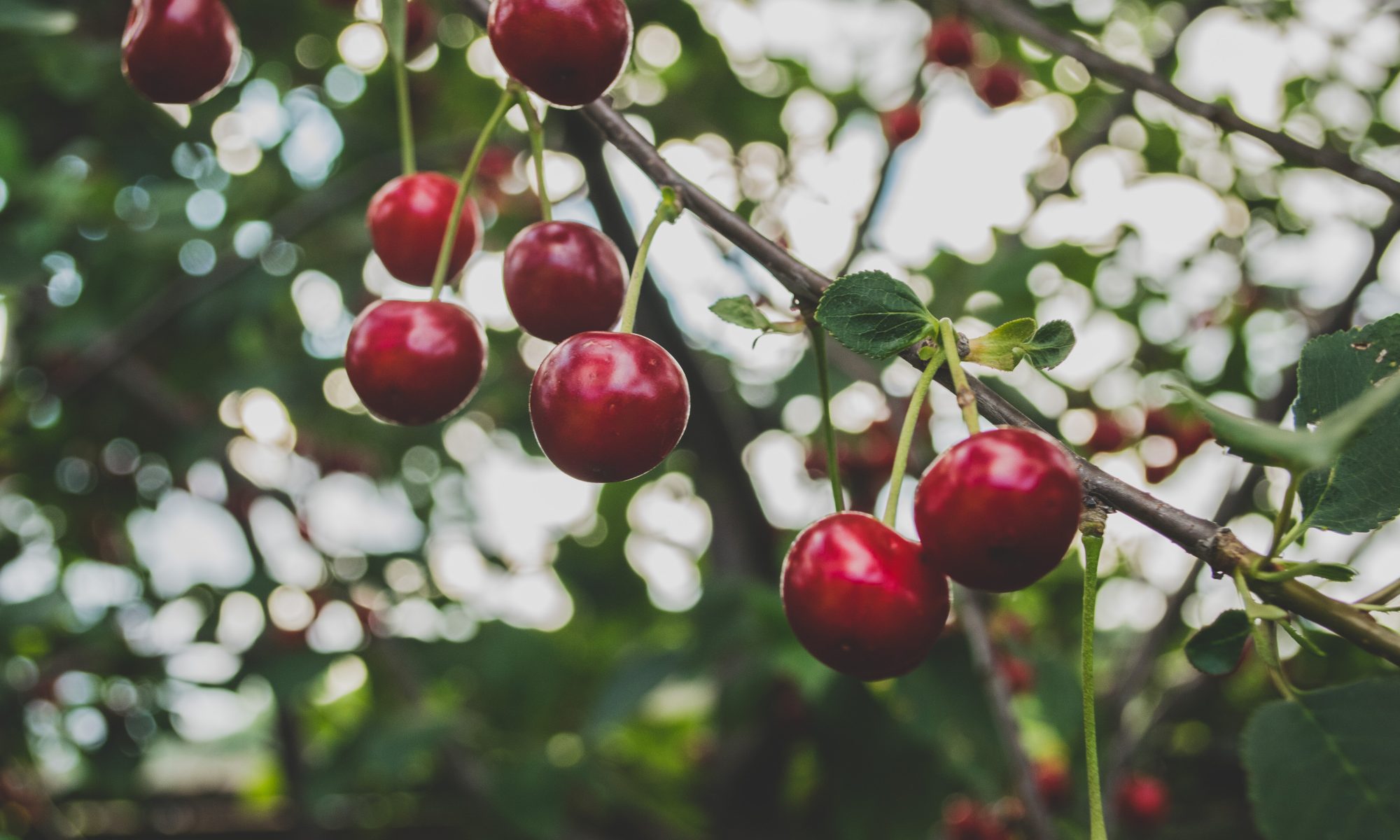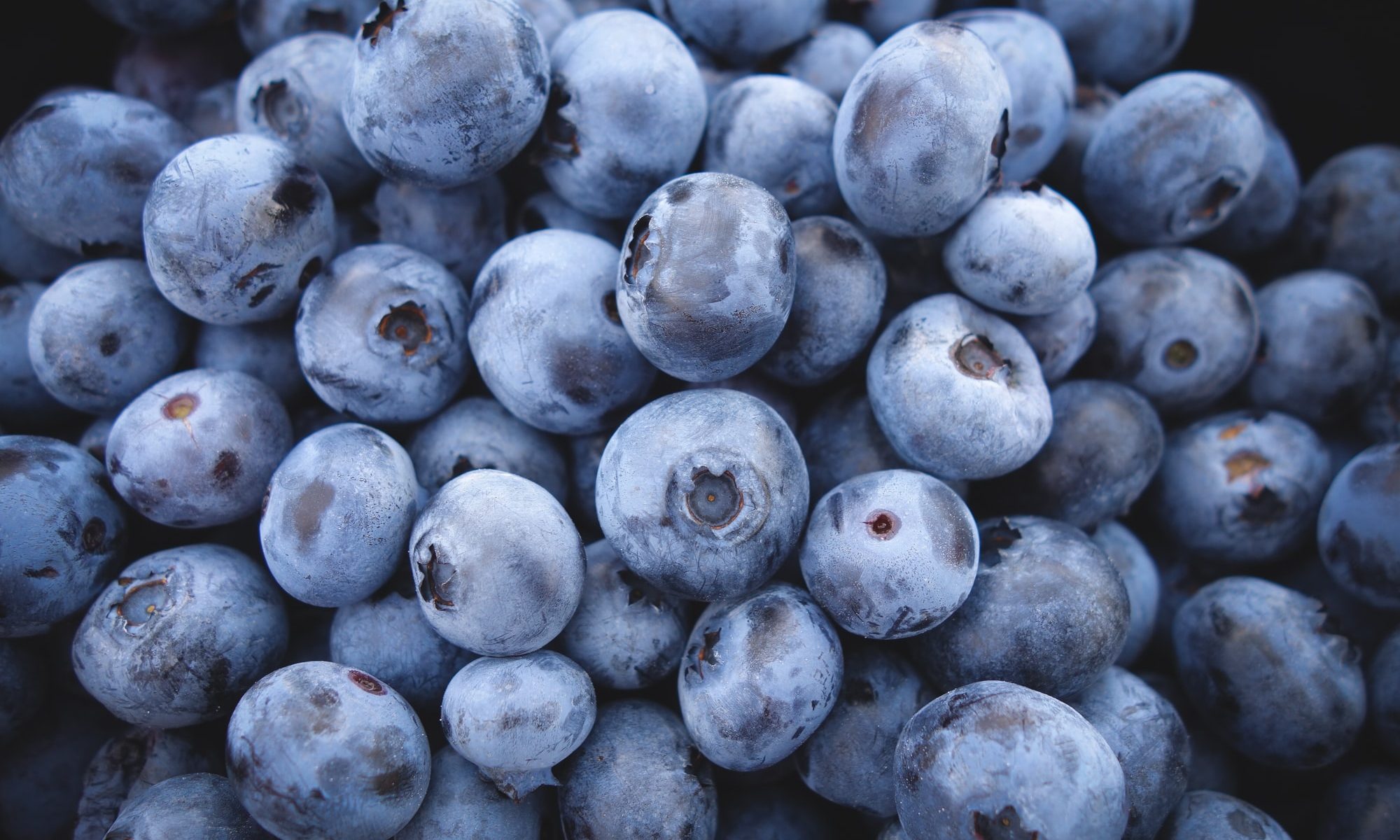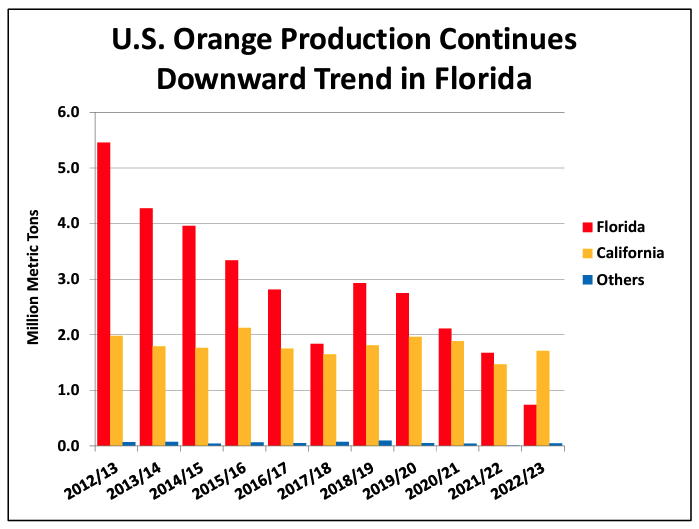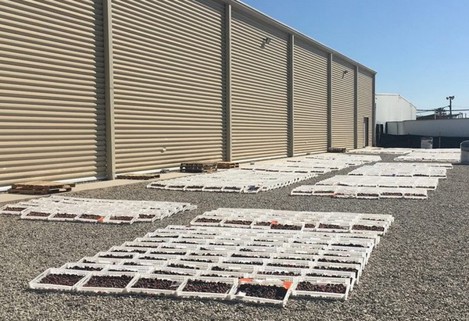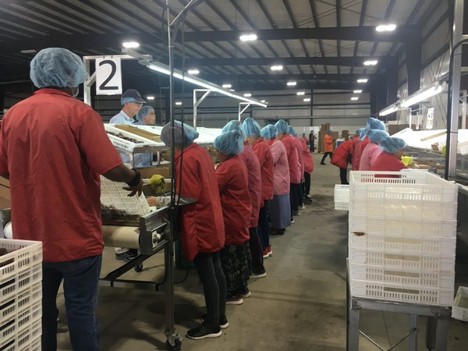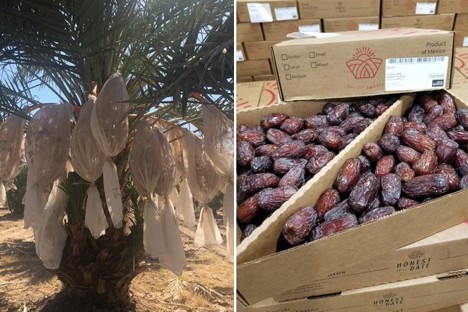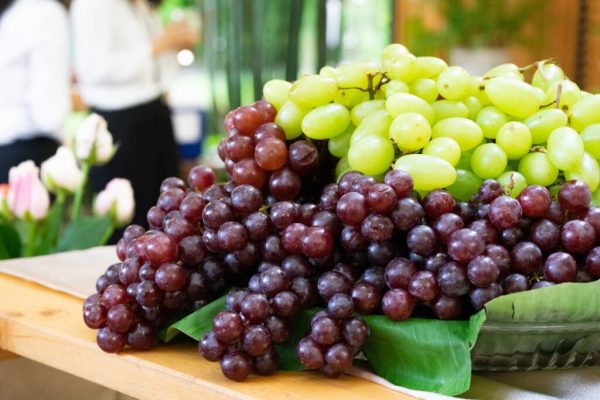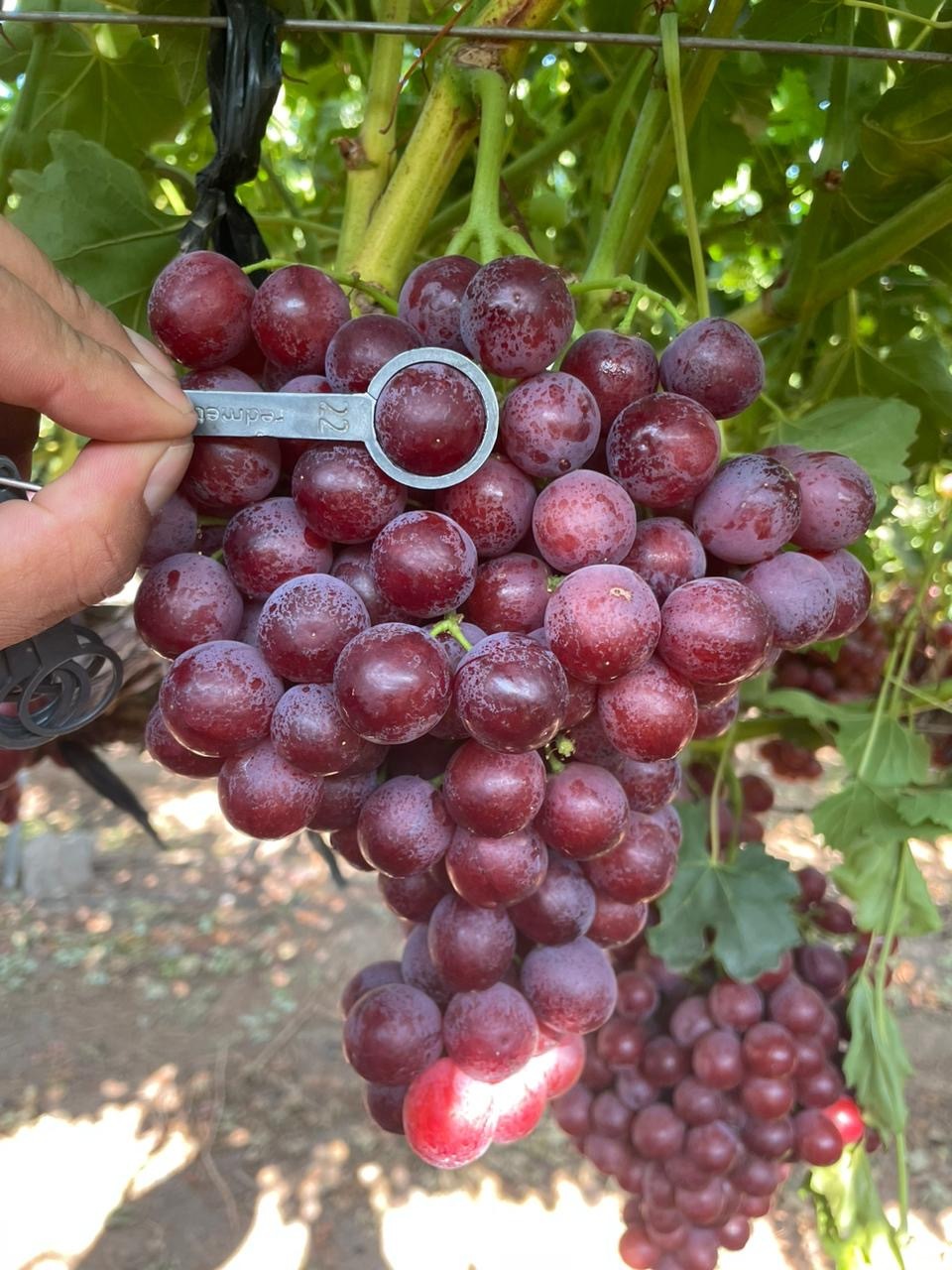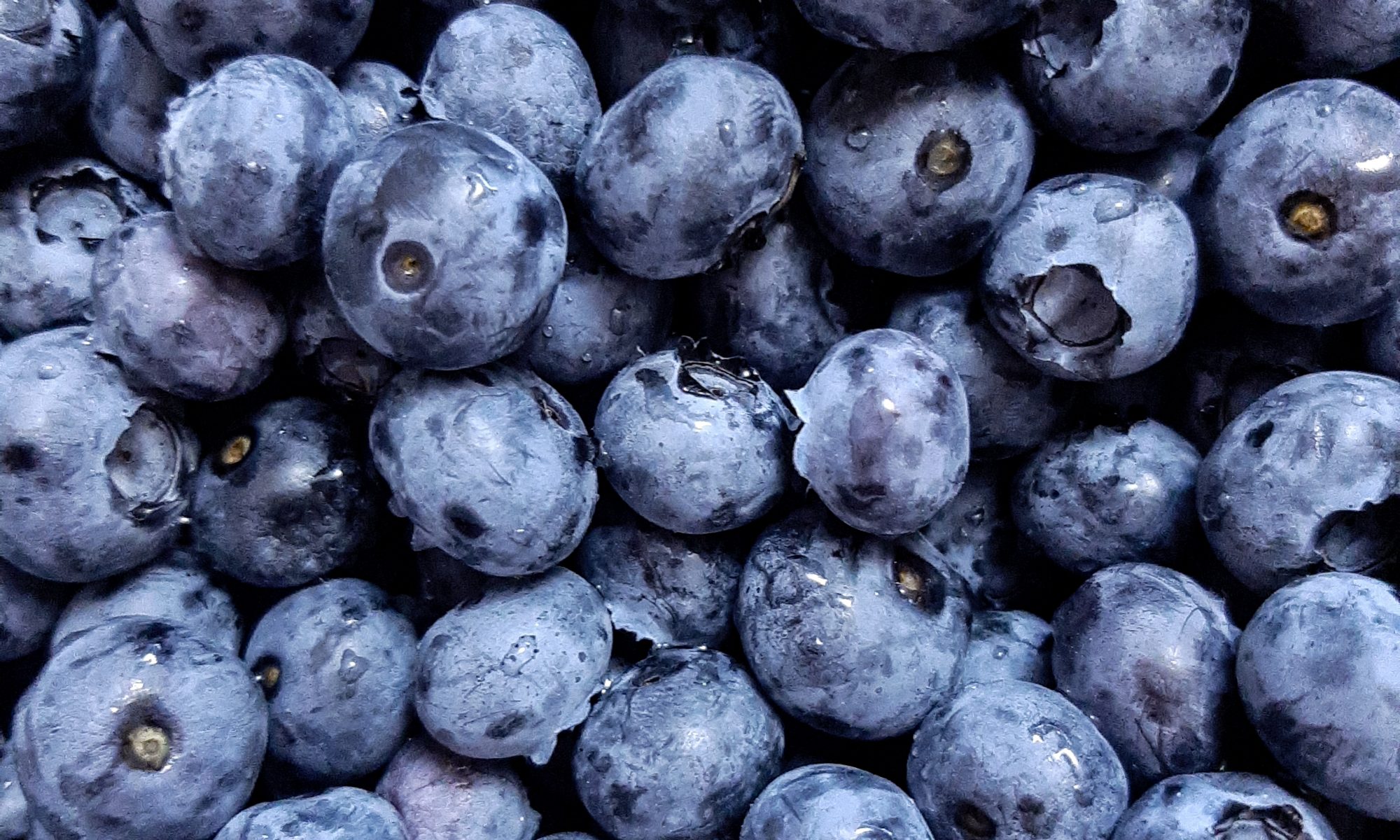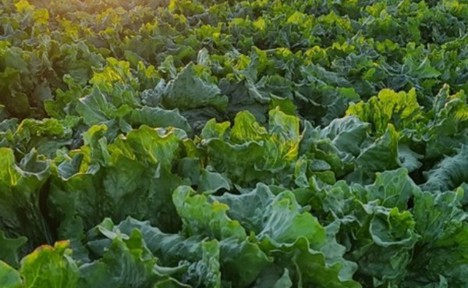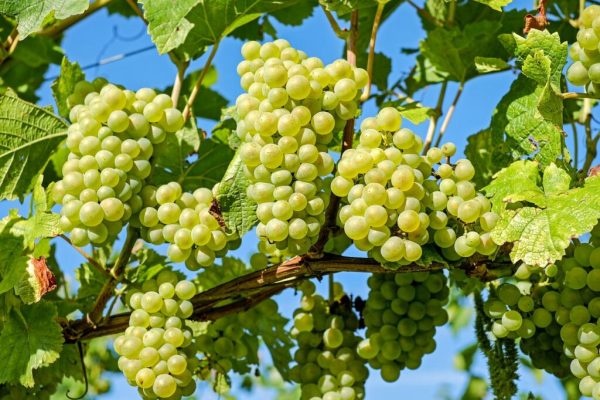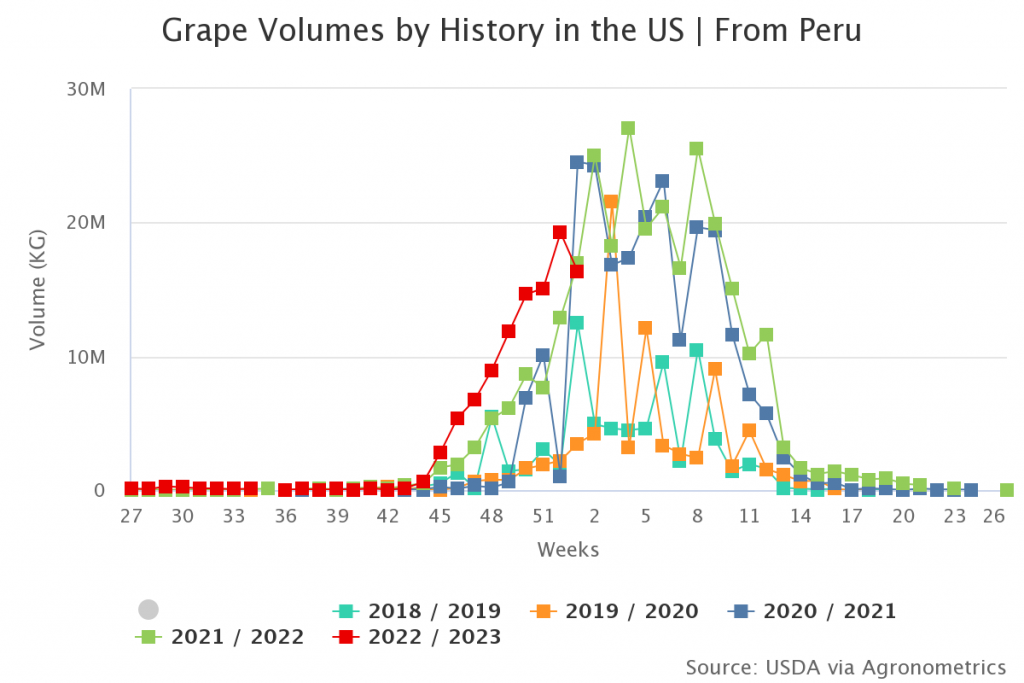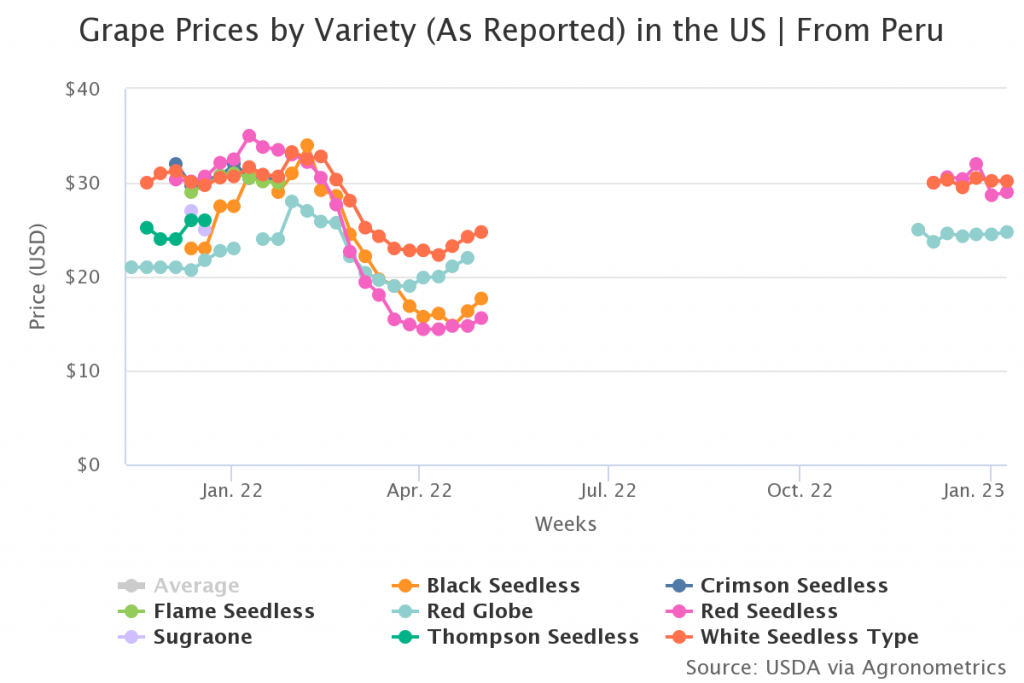As the world’s biggest cherry exporter seeks less reliance on China, its second-largest market appears ripe for expansion.
There are few fruits more popular in China than cherries. As consumer spending power has grown, so too has demand for the fruit, whose red hue represents prosperity and fortune. Cherries imported during the winter in particular have become somewhat of a status symbol, in part due to their higher price tag than most fruits. Arriving in peak volumes for the Chinese New Year, which typically falls between late January and mid-February, cherries are the perfect gift to give friends and loved ones.
These factors have led to staggering growth in shipments during recent years from Chile, by far the world’s biggest cherry exporter. The country’s total exports of the fruit rose from around 19 million boxes (95,000 tons) in the 2016-17 season to a little more than 70 million boxes (350,000 tons) in the 2021-22 season. Incentivized by the higher prices, Chile during the past few years has been sending more than 90% of its exports to the Chinese market.
But this high reliance on a single market has put Chile in a challenging position, and the South American country is now beginning a big market diversification effort, and one of the main secondary markets is the United States. The question now is what levels could Chilean cherry exports to the U.S. reach in the future?
The need for diversification
In this equation, one thing is certain: There will be no shortage of cherries for U.S. buyers. The fruit has undoubtedly been the star of Chile’s fruit industry over the last decade. As production of other high-value products like avocados and table grapes has struggled due to various factors, such as climate-related issues, production of cherries has soared. With many young trees yet to start producing or reach full production – and many more trees likely to be planted by growers in the near future – expectations are that by 2030 Chile could be exporting up to 140 million boxes. This would be around double the volume of the 2021-22 season.
Over the past few seasons, the Chinese market has been able to absorb the vast majority of Chile’s cherry exports, while also paying significantly higher prices than countries in other major markets such as North America and Europe. Chilean exporters have been establishing operations in China to receive and market their own fruit, while some Chinese companies have been buying up cherry orchards in the South American country to have more control of the supply chain. New trees have continued to be planted amid optimism that the profits from sales in China would continue to roll in.
But the last two seasons have been especially challenging and have prompted a reexamination, says Manuel Alcaíno of Decofrut, a Chile-based consultancy. It is now clearer than ever within the industry that market diversification is imperative.
The U.S. market’s potential
Although the numbers are still small, the push toward expanding trade to the U.S. can be seen in the figures from the past two seasons. In 2020-21, around 1.5 million boxes were shipped to the market, while in the most recent season this rose to around 3 million boxes. A report published in October 2022 by Rabobank, a Netherlands-headquartered financial bank, noted that U.S. imports of cherries from Chile from January through August 2022 showed an uptick of 131% year-on-year, with record volumes in January and February.
Claudia Soler, general manager of the Cherry Committee of Chile’s Fruit Exporters’ Association (ASOEX), says the organization expects the U.S. market to become increasingly important for exports over the coming years. “It is for this reason that our investment in marketing has also been increasing at annual rates of over 25%,” she says. “This season we will launch a marketing program that includes not only retail ads but also consumer promotions.” In the short-term, she expects that volumes will reach more than 7 million boxes.
Alcaíno expressed a similar view, saying that exports to the U.S. could double year-on-year in the 2022-23 season. He adds that the potential of the U.S. market is “very high.”
The industry veteran says that a basic exercise to analyze the potential can be done, based on the assumption that there is a similarity between table grapes and cherries. “The U.S. market consumes about 150 million boxes of grapes per year, of which approximately 40% is counter-seasonal fruit from the Southern Hemisphere. By that logic, considering that the U.S. consumes around 65 million boxes of North American cherries per year, 40% of that total would mean there is potential for around 25 million boxes of Southern Hemisphere cherries,” he says. “I think that the U.S. could absorb those kinds of volumes, but not in the short-term.”
Alejandro García– Huidobro, the general manager and founder of Prize, one of the largest exporters of Chilean cherries – which recently announced plans to list on the NASDAQ stock exchange via a deal with private equity firm Rose Hill – also says that volumes could grow significantly in the near future. “I would say that five years from now we could easily increase the market by several times. If you look at the North American season, they consume around 20 times the amount Chile exported last season, so I think increasing the consumption of Chilean cherries by five, six or seven times is achievable.”
But he emphasized that to reach those volumes in the long-term, exporters need to send higher quality and larger fruit to the U.S. than what they have traditionally sent. A vicious circle had been created in the past, he explains, in which the U.S. market paid less than the Chinese market, leading to less than top quality fruit being sent to the U.S., which in turn led to lower consumption. Now, however, he says that a rising number of shippers are understanding that “China-quality” fruit needs to be sent to the U.S. market to build demand, even if it means accepting lower prices than what China has typically paid.
Alcaíno also notes that the Chilean cherry industry needs to work hard to create demand in the U.S. market for what is a fairly niche product in the winter. “This is a very different business to table grapes or blueberries, which have 52-week supply. The industry has not done a good enough job in the U.S. market so far, but now it needs to step up,” he says.
These efforts could come in tandem with a push to also increase exports to continental Europe. Alcaíno explains that this market consumes around 140 million boxes annually but Chile in recent years has only shipped around 500,000 boxes. “The growth potential there is enormous, but even greater development efforts are required as it is a more fragmented market than the U.S,” he says.
Aiming high
Carl Immenhausen, sales manager at the Oppenheimer Group (Oppy), a Vancouver-headquartered distributor that is one of the largest importers of cherries into the U.S., notes that even though the market received only around 4% of Chilean cherry exporters in the 2021-22 season, up from 2% the year before, the ultimate goal is to reach 25%.
“Time will tell, but I think it could be a tremendous challenge,” he says. At last season’s levels, 25% of the exports would be equivalent to nearly 18 million boxes, or around 90,000 tons. But given the expected increases in Chile’s production, 25% of total exports could soon be a much higher figure.
In Immenhausen’s view, for Chilean cherries to significantly expand their presence in the U.S. market, retailers will need to start promoting with equal velocity in February as they traditionally do in January. That would help to drive sales at a time when arrival volumes are often at their heaviest. “We’re telling retailers that they need to extend their season, as the Chilean cherry deal has changed and evolved. Maybe as soon as the 2022-23 season, February will be as big as January and March arrivals will continue to grow. We could start to see supplies as late as April going forward.”
He adds that promotions in February would tie in with an important holiday for which cherries seem to fit perfectly: Valentine’s Day. Rabobank analyst Gonzalo Salinas says that cherries could eventually become a new tradition for the holiday, in addition to more traditional items like strawberries and chocolate, as Chilean exports increase their focus on the market over the coming years. Alcaíno also says that Valentine’s Day could become an important sales period, and opens up options to sell cherries in heart-shaped clamshell packaging.
February is also National Cherry Month, giving retailers ample promotional opportunities. Alcaíno adds that Christmas and New Year’s Eve – although earlier in the season when volumes are lower – could also become key consumption periods, and even Thanksgiving with air-freighted cherries.
Another of the bank’s analysts, David Magana, points out that Chile will likely continue to focus heavily on China in the run-up to the major sales period of the Chinese New Year to make the most of the higher prices, then putting more attention on other markets like the U.S. around the second half of the season.
Marketing a fruit in the winter that many U.S. consumers have only ever eaten in the summer will not be easy, Immenhausen points out. But he says there is indeed interest from retailers in having larger volumes of the fruit, which is an attractive product in the produce department.
Soler says that the Cherry Committee is working hard to build up demand. Its campaign during the 2022-23 season encourages consumers to “Cherish Every Moment” with Chilean cherries. “The campaign includes point-of-sale materials, social media posts and a radio campaign in selected U.S. cities,” she says. “And for the first time, we are designing and producing cherry bins for retailers.”
Immenhausen says that prices will need to moderate for more retailers to get behind promoting the fruit for longer periods. “I do anticipate that we’re still going to have profitable returns for the growers, but the days of high pricing on the late deal are probably finished. We have to make it retail-attractive,” he says.
Improving the logistics for Chilean cherries being sent to the U.S. should also be looked at, he suggests. This could be done by creating a dedicated shipping service like those of the Cherry Express, the vessels that exclusively ship cherries and other summer fruit to China with a shorter transit time. In addition, he says marketing efforts are essential, and in that regard, he says the Chilean Fresh Fruit Association, a U.S.-based promotional organization, should be given greater funding to help drive demand.
If Chile manages to create the demand and continue to supply “China-quality” fruit, exporters can surely expect a rosy alternative market for themselves well into the future. All in all, the U.S. market looks like it will be receiving much higher volumes of Chilean cherries in the years to come.
From Vision Magazine


